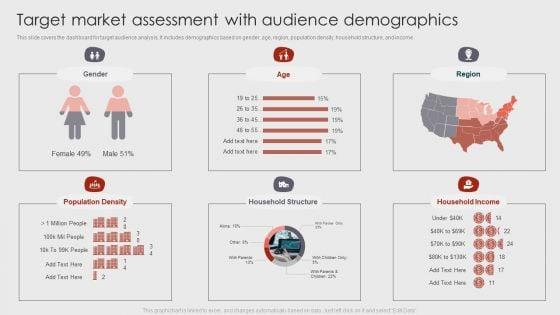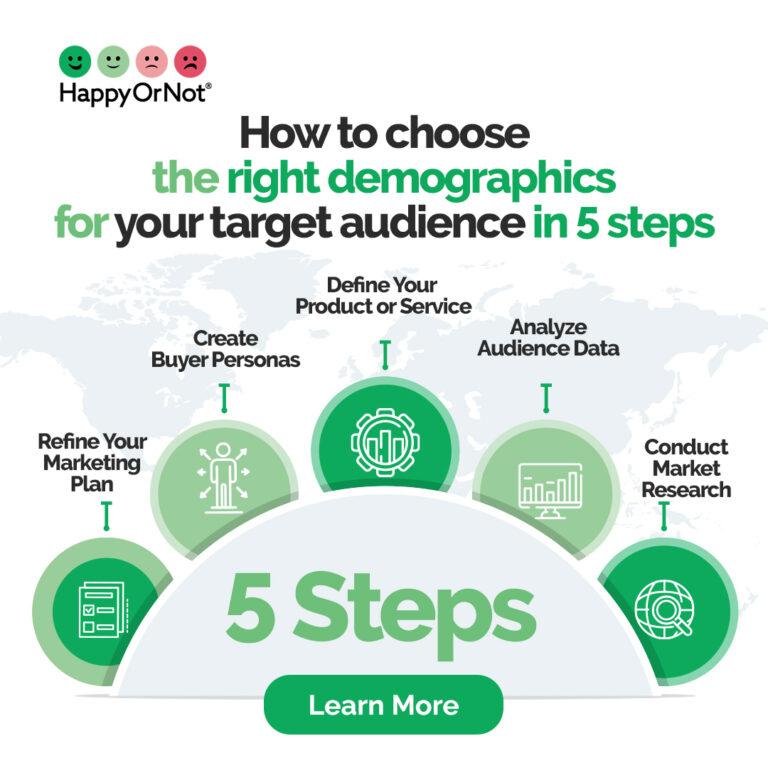
In the ever-evolving landscape of digital marketing, the symbiotic relationship between influencers and their followers has sparked a revolution in how brands communicate their messages. As marketers strive too capture the attention of increasingly discerning audiences, understanding the intricate tapestry of audience demographics has become a crucial element in crafting triumphant influencer campaigns. “Decoding Success: The Power of Audience Demographics in Influencer Marketing” delves into the underlying factors that connect influencers to their fans, revealing how age, gender, interests, and cultural background can substantially shape the impact of marketing efforts. Join us as we explore the vital role demographics play in creating authentic engagement and driving brand loyalty, providing insights that can redefine the strategies of marketers navigating this dynamic domain.
Understanding Audience Demographics and Their Impact on Brand Engagement
Understanding the intricacies of your audience’s demographics is essential for crafting an effective influencer marketing strategy. Different groups engage with content in varied ways, influenced by factors such as age, gender, location, income, and interests. For example, a campaign aimed at Gen Z may lean heavily on visual platforms like TikTok, where dynamic, quick content reigns supreme. In contrast, targeting older audiences might be more effective on platforms like Facebook or Instagram, where storytelling can foster deeper connections. Recognizing these differences allows brands to select the right influencers who can authentically resonate with their intended audience, thereby enhancing the potential for engagement.
To illustrate the impact of demographics on brand engagement, consider the following table that highlights key demographics and preferred engagement strategies:
| Demographic Group | Preferred platforms | Engagement Style |
|---|---|---|
| Gen Z | YouTube, TikTok | short, entertaining videos |
| millennials | Instagram, Twitter | Visual storytelling, user-generated content |
| gen X | Facebook, LinkedIn | Informative articles, community discussions |
| Baby Boomers | Email, Facebook | personalized outreach, loyalty programs |
By utilizing these insights, brands can tailor their approaches to meet the preferences of their audience segments, driving higher levels of interaction and fostering loyalty. Consistently analyzing demographic data not only informs content creation but also shapes strategic partnerships with influencers who embody the values and aesthetics that resonate with target demographics. In the ever-evolving landscape of influencer marketing, understanding your audience’s demographics is not just an asset; it’s a necessity for cultivating meaningful brand engagement.

Harnessing the Right Influencers for Targeted Marketing Strategies
In the rapidly evolving landscape of digital marketing, identifying the right influencers is essential for effectively reaching your target audience. By analyzing audience demographics such as age, gender, location, and interests, brands can craft campaigns that resonate on a deeper level. Consider exploring the following factors when selecting influencers:
- Relevance: Ensure the influencer’s content aligns with your brand ethos.
- Engagement: Look for influencers with high interaction rates, indicating an active and involved audience.
- Authenticity: Choose influencers who maintain an authentic connection with their followers,as this drives credibility.
By strategically choosing influencers based on specific demographic insights, brands can significantly enhance their marketing outcomes. Utilize data analytics tools to create a extensive view of the influencer’s audience. Below is a simple breakdown of how different demographics can influence buying decisions:
| Demographic Group | Influencer Type | Key Advantages |
|---|---|---|
| Millennials | Fashion & Lifestyle | Trendy appeal, strong buying power. |
| Gen Z | Gaming & Technology | High engagement on digital platforms, authenticity is key. |
| Parents | Family & Parenting | Valued recommendations,strong community influence. |

Analyzing Data trends to Optimize Campaign Effectiveness
In today’s competitive landscape, businesses must delve deep into data trends to enhance the effectiveness of their marketing campaigns. By analyzing audience demographics, brands can uncover invaluable insights that inform their strategies. Tracking metrics such as age, gender, location, and interests allows marketers to tailor their content, ensuring it resonates more profoundly with their target demographic. the interpretation of these data points, when applied thoughtfully, can lead to improved engagement, higher conversion rates, and ultimately, success in influencer collaborations.
To illustrate the importance of aligning influencer partnerships with audience demographics, consider the following table that outlines the key attributes of various influencer segments:
| Influencer Type | Ideal Audience age | Preferred Platforms | Common Interests |
|---|---|---|---|
| Micro Influencers | 18-34 | Instagram, TikTok | Fashion, Lifestyle |
| Macro Influencers | 25-45 | YouTube, Instagram | Travel, Fitness |
| Celebrity Influencers | 18-55 | All Social Media | Entertainment, Products |
By leveraging such granular demographic data can guide brands in selecting the most suitable influencers, thus magnifying the effectiveness of their campaigns. Understanding audience preferences not only enhances content strategies but also fosters authentic connections between influencers and their followers. This level of insight transforms raw data trends into actionable steps that propel marketing objectives forward.

Building Authentic Connections Through Tailored Content Messaging
In the evolving landscape of influencer marketing, the ability to make meaningful connections hinges on one critical element: customized content messaging. Tailored messages not only resonate with audiences but also foster a sense of understanding and relatability. By diving deep into the demographics of their followers, brands can craft narratives that reflect the values, interests, and aspirations of their target audience, leading to enhanced engagement and loyalty. For instance,developing content that speaks directly to the preferences of specific age groups or geographical locations can elevate the brand’s authenticity,turning passive viewers into active brand advocates.
the significance of data-driven approaches is evident in the positive outcomes that arise from precise messaging strategies. by segmenting audiences based on various demographic factors, brands can create engaging content themes such as:
- Age-Appropriate Messaging: Understanding generational trends to address fears, desires, or aspirations relevant to each age group.
- Location-Specific Content: Adapting messages or campaigns to fit cultural or regional nuances.
- Psychographic Insights: Focusing on lifestyle,interests,and attitudes that align with the target audience for deeper connections.
To illustrate the impact of tailored content on audience engagement, consider the following sample data:
| Demographic Group | Preferred Content Style | Engagement Rate Increase |
|---|---|---|
| Millennials | Informative & Entertaining | 25% |
| Gen Z | Authentic & Relatable | 30% |
| Baby Boomers | Trustworthy & Helpful | 20% |
Ultimately, the true magic of influencer marketing lies in harnessing the power of demographics to craft unique, resonant messages that not only capture attention but also cultivate genuine relationships between brands and their audiences.
Wrapping Up
in the intricate tapestry of influencer marketing, understanding audience demographics is akin to holding a master key that unlocks countless opportunities for brands. As we navigate this dynamic landscape, it becomes evident that success is not merely about choosing the most popular influencer, but about aligning the right voice with the right audience. By delving into the nuances of demographics, marketers can craft campaigns that resonate deeply, fostering authentic connections that transcend mere transactions.
As we step into an era where personalization and targeted engagement reign supreme, let us remain vigilant in our pursuit of understanding our audiences. The power of demographics is more than just numbers; it’s about the stories behind those numbers, the motivations, aspirations, and values that drive consumer behavior. If we can decode these elements and weave them into our influencer strategies, the potential for impactful storytelling and brand loyalty becomes limitless.In closing, the journey to decoding success in influencer marketing is ongoing, evolving as rapidly as the digital landscape itself. By embracing the power of audience demographics, we empower our brands to not just reach, but truly connect, ultimately transforming casual observers into engaged advocates.As we move forward, may we all strive to turn data into meaningful dialog, ensuring that every campaign is not only heard but felt.